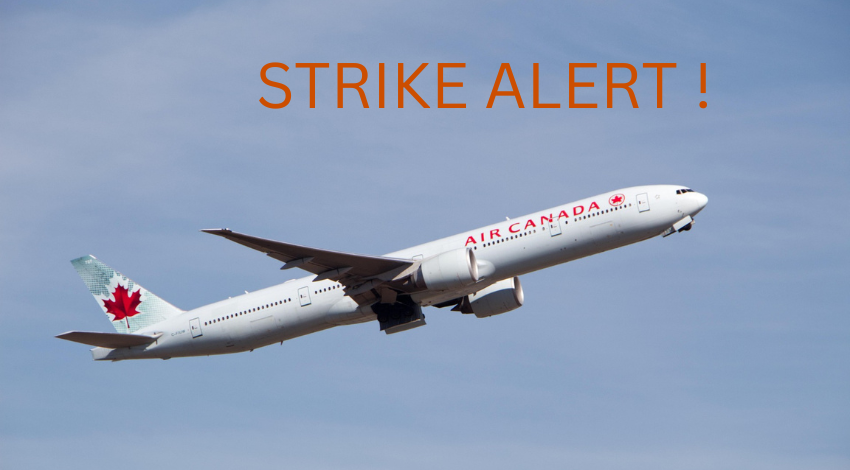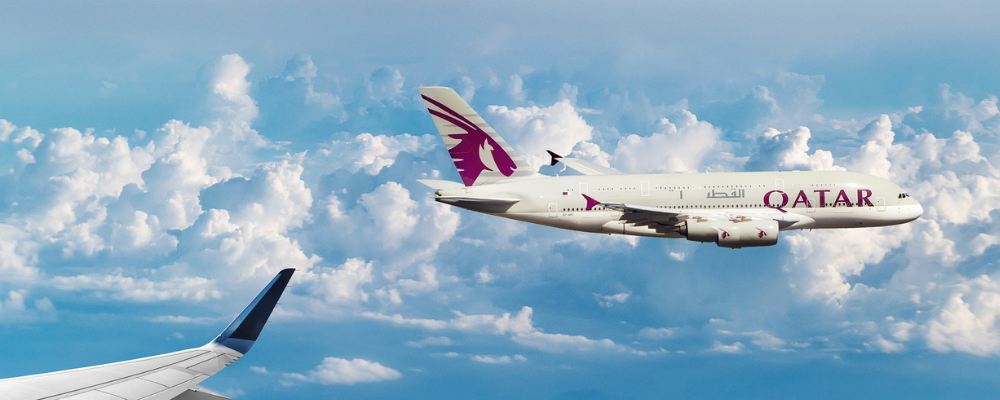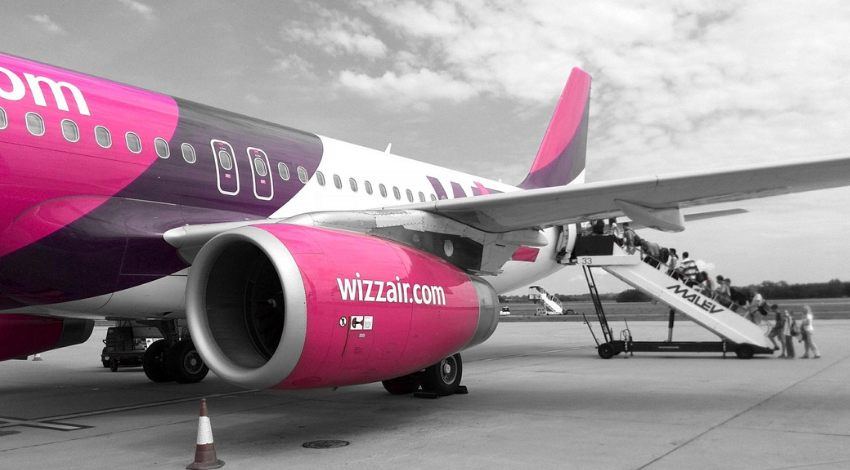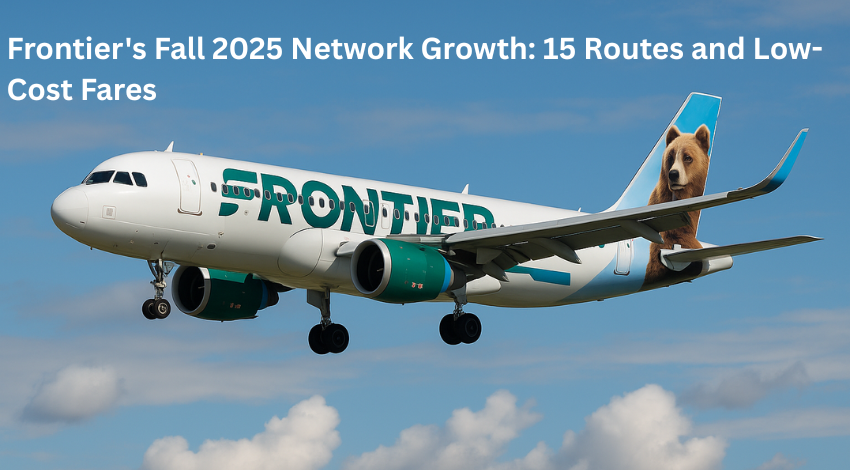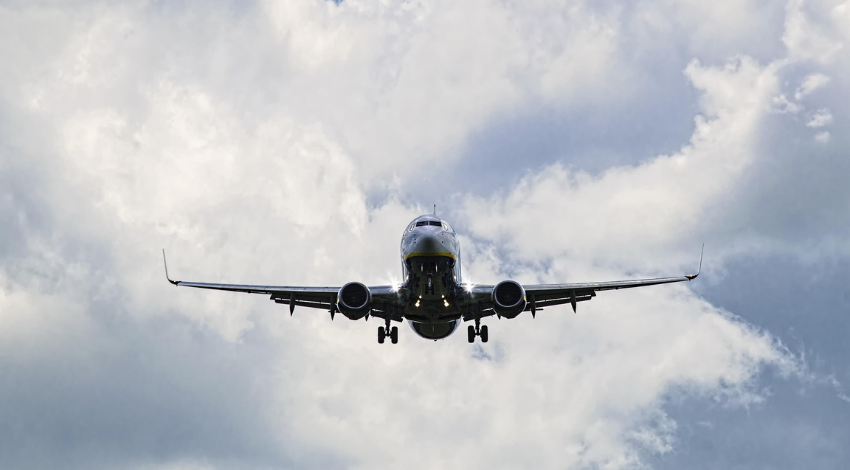The emergency landing of TUI Airways Flight BY6754 on 28 September 2025 represents far more than an isolated aviation incident—it exemplifies a rapidly escalating global challenge that costs the industry $1.2 billion annually and increasingly threatens flight safety. This comprehensive analysis reveals the stark statistical realities behind what aviation experts now recognise as one of the most pervasive and growing threats to commercial aviation.
The Alarming Scale of the Global Crisis
Wildlife strikes against aircraft have reached epidemic proportions, with the Federal Aviation Administration (FAA) recording over 22,000 incidents in the United States alone during 2024—a staggering 14% increase from the previous year. To put this in perspective, this translates to approximately 61 bird strikes occurring every single day across American airspace.
The scope extends far beyond American borders. According to the International Civil Aviation Organization (ICAO), approximately 34,000 bird strikes are officially reported globally each year, though aviation safety experts estimate the true number could be dramatically higher, as 80% of all bird strikes go unreported worldwide.

Comprehensive Bird Strike Statistics Dashboard: Annual trends, species involvement, economic impact, and operational data from global aviation databases.
Since comprehensive record-keeping began in 1990, the United States has documented more than 319,000 wildlife strikes, resulting in 82 fatalities and the destruction of 126 aircraft. Globally, these incidents have proven even more devastating, with over 643 deaths and 360 aircraft destroyed between 1990 and 2024.
Economic Devastation: The Hidden Costs
The financial impact of bird strikes extends far beyond immediate aircraft repair costs. Global annual damages exceed $1.2 billion, with the United States alone accounting for $400 million in direct costs annually. However, these figures represent only the tip of the economic iceberg.
Detailed analysis of 34,261 adverse-effect strike reports from 1990–2022 reveals the true scope of economic damage:
-
Average direct aircraft repair cost: $185,292 per incident
-
Average indirect losses: $29,348 per incident
-
Total aircraft downtime: 1,207,721 hours (averaging 91.3 hours per incident)
-
Combined monetary losses: $1.063 billion from reported incidents alone
These indirect costs encompass passenger accommodation expenses, flight rescheduling, aircraft repositioning, lost revenue, and the cascading effects of operational disruptions throughout airline networks.
The Boeing 737-800: A Statistical Target
Flight BY6754’s aircraft, the Boeing 737-800, finds itself at the centre of bird strike statistics not by coincidence but by prevalence. The Boeing 737 family represents one of the world’s most common commercial aircraft types, with the 10,000th aircraft entering service in March 2018.
As of February 2024, the entire Boeing 737 family has experienced 529 aviation accidents and incidents, resulting in 5,779 fatalities and 234 hull losses. While bird strikes represent only a fraction of these incidents, the aircraft’s ubiquity in global aviation means it appears frequently in strike databases.
Large commercial aircraft such as the 737-800 experience 186 strikes per million flight hours, but benefit from robust design standards that limit damage rates to approximately 9% of all strikes. This relatively low damage rate reflects decades of engineering improvements and certification requirements designed specifically to address bird strike scenarios.
Species-Specific Risk Assessment
The composition of bird strike incidents reveals concerning patterns in both species involvement and seasonal timing. According to comprehensive FAA data analysis covering 2010–2022:
Primary Species Involved:
The Smithsonian Institution’s Feather Identification Laboratory has identified turkey vultures as the most damaging species, followed by Canada geese and white pelicans. These large birds pose particular threats due to their substantial body mass and tendency to travel in flocks.
Critical timing patterns emerge:
-
Spring and autumn migrations represent peak strike periods
-
Night-time strikes are seven times more common during migration seasons
-
28% of all strikes involve multiple birds, with damage likelihood approximately double that of single-bird encounters
Geographic and Operational Vulnerabilities
Statistical analysis reveals that 90% of all bird strikes occur on or in the immediate vicinity of airports, precisely where Flight BY6754 encountered its bird strike during the critical take-off phase. This concentration reflects the unfortunate convergence of aircraft operating at low altitudes with bird habitats and migration corridors.
Phase-of-flight analysis shows:
-
Take-off and initial climb phases present the highest risk
-
Landing approach represents the second-highest risk period
-
Cruise flight above 3,000 feet accounts for less than 10% of strikes
Birmingham Airport, Flight BY6754’s emergency destination, exemplifies modern airport emergency preparedness. As the UK’s seventh-busiest airport, serving 12.85 million passengers annually, it demonstrates the operational complexity of managing emergency landings while maintaining regular operations.
The Underreporting Crisis
Perhaps most alarming is the extent of underreporting in global bird strike data. While the FAA received 19,603 strike reports in 2023, aviation safety experts estimate this represents only 20% of actual incidents. The ICAO Bird Strike Information System (IBIS) database, while comprehensive, relies on voluntary reporting from member states with vastly different reporting standards and capabilities.
This underreporting bias creates several critical problems:
-
Risk assessment models based on incomplete data
-
Species identification errors in approximately 40% of reported cases
-
Geographic bias favouring developed countries with robust reporting systems
-
Severity underestimation as minor strikes go unreported
Recent Catastrophic Events: Learning from Tragedy
The aviation industry’s understanding of bird strike risks was tragically reinforced by the 29 December 2024 Jeju Air Flight 2216 crash. This Boeing 737-800, identical to Flight BY6754’s aircraft type, suffered a dual engine failure following a bird strike during landing approach, resulting in 179 fatalities out of 181 occupants.
Preliminary investigation findings revealed:
-
DNA from Baikal Teal ducks found in both engines
-
Flight data recorders stopped functioning four minutes before the crash
-
Emergency belly landing attempted due to landing gear failure
-
Impact with concrete barrier caused a catastrophic explosion
This incident represents the greatest loss of life directly attributed to a bird strike in aviation history, surpassing even the famous “Miracle on the Hudson” event of 15 January 2009.
The Technology and Prevention Challenge
Despite over $400 million invested in airport wildlife-related projects and $30 million in research directed towards detection and avoidance technologies since the Hudson River incident, bird strikes continue to increase at an alarming rate.
Current mitigation technologies include:
-
Avian radar systems for real-time tracking of bird movement
-
Bird migration forecasting models for seasonal risk assessment
-
Enhanced aircraft lighting systems designed to improve visibility for birds
-
Habitat modification programmes to reduce the attractiveness of airports to wildlife
Emerging research initiatives focus on:
-
25 critical research gaps identified in systematic reviews
-
Improved bird movement prediction models
-
Enhanced aircraft collision avoidance systems
-
Strengthened aircraft components for greater strike resistance
Regional Variations and International Challenges
India’s experience illustrates the global nature of this challenge, with bird strikes doubling from 2019 to 2023. Delhi’s Indira Gandhi International Airport alone experiences over 400 incidents annually. Mumbai Airport has seen incidents nearly triple since 2020, rising from 20 in 2020 to 59 in 2024.
New Zealand’s sophisticated monitoring system provides insight into effective risk management, categorising airports based on a 12-month average strike rate per 10,000 aircraft movements:
-
Low risk: Fewer than 5 strikes per 10,000 movements
-
Medium risk: 5–10 strikes per 10,000 movements
-
High risk: More than 10 strikes per 10,000 movements
These data-driven classification systems enable authorities to target mitigation resources more efficiently and implement proportional safety measures based on local wildlife activity and environmental factors.
The Human Factor: Passenger Psychology and Crew Training
Flight BY6754 passenger Dave Preece’s account reveals the psychological impact of bird strike emergencies:
“There was a feeling something had gone wrong but no explanation given, so for a lot of people that was the most scary part. People were in shock.”
This highlights critical communication challenges during aviation emergencies:
-
Initial crew announcements referred to “engine failure”.
-
Subsequent clarification revealed the true cause to be a bird strike.
-
Information gaps heightened passenger anxiety and confusion.
-
Professional crew response ensured a safe outcome despite communication difficulties.
Modern flight crew training now includes comprehensive emergency management and passenger communication protocols such as:
-
NITS briefing systems (Nature, Intention, Time, Special instructions)
-
Prepared and unprepared emergency procedures
-
Multi-crew coordination for effective crisis management
-
Passenger communication strategies for evolving in-flight situations
These measures are designed to mitigate panic, preserve order, and ensure passengers remain calm and informed during high-stress events such as emergency landings or engine failures.
Cardiff and Birmingham: A Case Study in Regional Aviation
Cardiff Airport, Flight BY6754’s departure point, serves as Wales’s primary international gateway. The airport’s proximity to Swansea Bay, where the aircraft initially circled at 3,000 feet, illustrates how geographical features can influence emergency procedures and bird strike risks.
Birmingham Airport’s response exemplified modern emergency readiness and coordination:
-
30-minute operational suspension to accommodate the emergency landing
-
Four fire engines and several emergency response vehicles deployed
-
Coordinated air traffic control management ensured smooth landing clearance
-
Successful passenger evacuation with no injuries reported
-
Minimal disruption to other airport operations despite the emergency
The swift and professional handling of Flight BY6754’s emergency demonstrated the critical importance of airport emergency planning, cross-agency coordination, and crew readiness in safeguarding passengers and minimising operational disruption during high-risk incidents.
Industry Response and Future Implications
The European Union Aviation Safety Agency (EASA) conducted a comprehensive study of 94,743 bird strike reports, revealing several key insights:
-
13.9% of strikes result in aircraft damage
-
Single bird strikes: 11.9% damage rate
-
2–10 bird strikes: 18.9% damage rate
-
More than 10 bird strikes: 23.8% damage rate
These statistics underscore the exponential increase in risk when multiple birds are involved—a factor that may have influenced Flight BY6754’s crew decision to execute an emergency landing, even though the strike appeared to involve a single bird.
Future challenges include:
-
Climate change impacts on bird migration patterns
-
Urban development altering bird habitats near airports
-
Rising air traffic density increasing the probability of encounters
-
Evolving bird behaviour in response to aircraft noise and lighting patterns
These converging factors demand a holistic, international approach to wildlife management, technological development, and regulatory cooperation to ensure the long-term safety of global aviation operations.
Regulatory Evolution and International Standards
ICAO Annex 14 mandates that all member states collect and forward bird strike data to the ICAO Bird Strike Information System (IBIS). However, enforcement and compliance vary significantly between regions, resulting in inconsistent data quality and incomplete global risk assessments.
Recent regulatory developments include:
-
Enhanced reporting requirements for near-miss and low-severity events
-
Expanded airport wildlife management zones, extending five miles beyond airfield boundaries
-
Improved species identification protocols through DNA analysis
-
Standardised risk assessment methodologies across international borders
By harmonising global reporting and response frameworks, regulators aim to provide the aviation industry with more accurate predictive models and more effective risk mitigation tools.
The Path Forward: Lessons from Flight BY6754
The successful resolution of TUI Flight BY6754’s emergency demonstrates that when existing safety protocols are properly executed, even serious bird strike incidents can conclude without casualties. However, the broader statistical picture reveals a crisis that demands urgent, coordinated international action.
Key statistical imperatives:
-
Annual increase rates (14% in 2024) are unsustainable
-
Economic costs ($1.2 billion globally) continue to escalate
-
Underreporting (80% of strikes unreported) conceals the true scale of the risk
-
Changing species populations alter traditional risk models
Flight BY6754’s emergency landing stands as both a testament to aviation safety systems and a warning sign of an increasingly critical global issue. While the crew’s professionalism and the airport’s rapid emergency response ensured all passengers returned home safely, the incident forms part of a deeply concerning trend that challenges the very foundation of aviation safety.
The industry’s response to this mounting crisis will determine whether future incidents remain rare and manageable—or whether they evolve into more frequent and potentially catastrophic events. With over 60 strikes occurring daily in the United States alone, and global incidents approaching 100 per day, the window for decisive action is rapidly narrowing.
As demonstrated by the tragic Jeju Air accident just months prior, the statistical improbability of catastrophic bird strikes offers little comfort when numbers ultimately translate into human loss. Flight BY6754’s safe landing reminds us that in aviation, statistics are not mere academic figures—they are critical tools that can prevent the next disaster before it happens.
Leave A Reply
Your email will not be published. Required fields are marked.










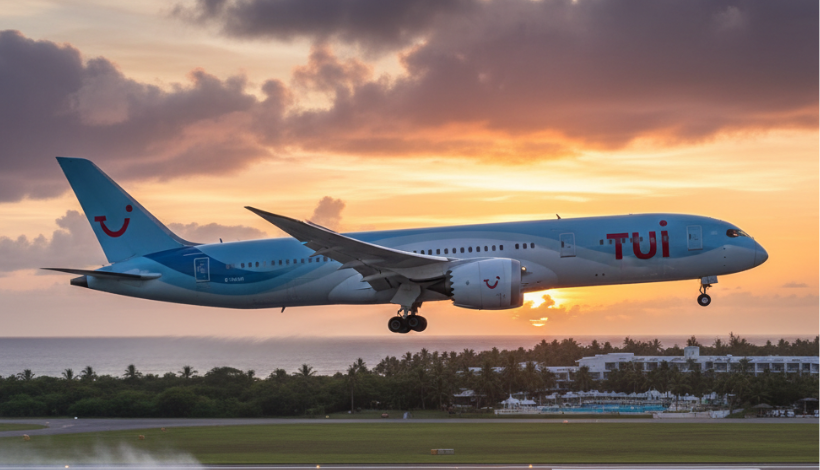
 September 30, 2025
September 30, 2025
